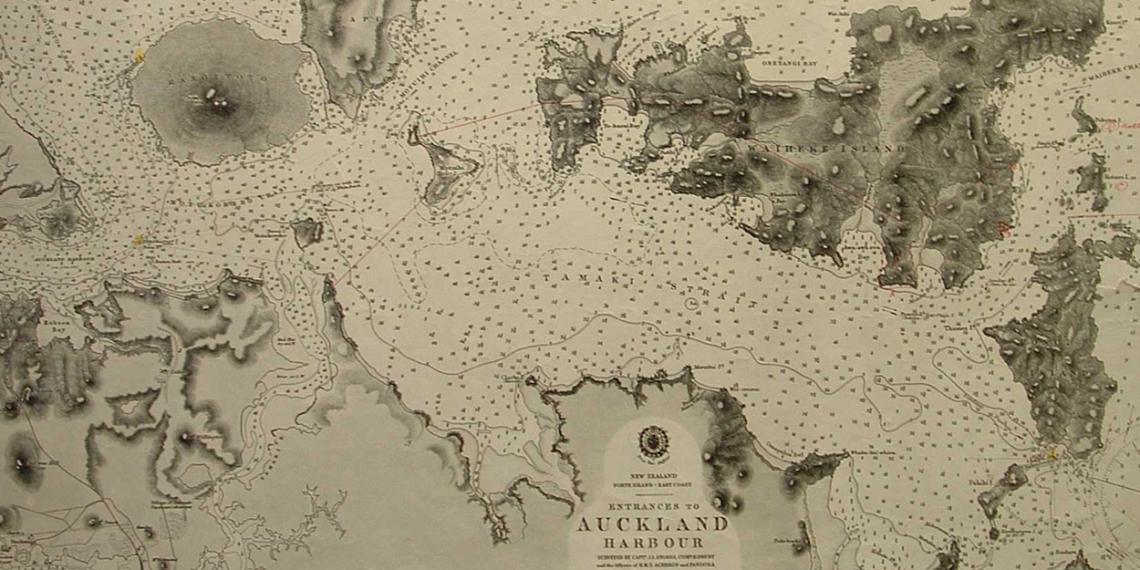You are here
Rotoroa Island


Rotoroa Island was purchased by The Salvation Army in 1908 to accommodate more men than could be housed on the neighbouring 63-acre Pakatoa Island, which had been operating as an inebriates retreat for the previous 12 months. The plan was that Pakatoa Island would cater for women and Rotoroa Island would cater for men. In January 1911 the men were transferred to a new purpose-built institution on Rotoroa and the first women patients arrived on Pakatoa in February 1911. Pakatoa Island was sold in 1949, the women’s program having closed in 1942.
When Rotoroa Island first opened it was registered as a certified inebriates home under the 1906 Habitual Drunkards Act, which meant that men arrested for drunkenness could be committed under the Act to Rotoroa Island for up to two years. Men so committed could leave the island only after first appearing before a magistrate once they had served six months and applied for release.
In the earlier days 80 men could be accommodated at any one time. Designed by The Salvation Army’s Melbourne property department, the accommodation building occupied a commanding site above the bay. It overlooked the large gardens and farm buildings on the flat with views beyond of neighbouring islands. Clad in corrugated iron, the wooden-framed building was lined inside with a flat iron, which was either painted or wallpapered. This 1910 building served as accommodation for many thousands of men until one evening in June 1973 when it caught fire and burnt to the ground. Fortunately all escaped and no one was hurt but 53 men were returned to Auckland the next day. The other 22 stayed on the island to help clean up after the fire. Following the fire temporary buildings were brought in by barge to supplement the accommodation. A new set of buildings with accommodation for 50 men was opened in 1977.
In 1989 women in need of treatment began coming to Rotoroa. They were accommodated in separate quarters but joined in the rehabilitation program with the men. This was very successful and continued until the program closed in 2005.
Up until the 1970s the rehab program consisted mainly of work therapy, good nutrition, relaxation, informal counselling and of course the enforced abstinence from alcohol. After a few weeks of detox, all men were assigned work of some sort, be it as cooks, cleaners, gardeners or farm hands, doing carpentry, painting or assisting with the boats.